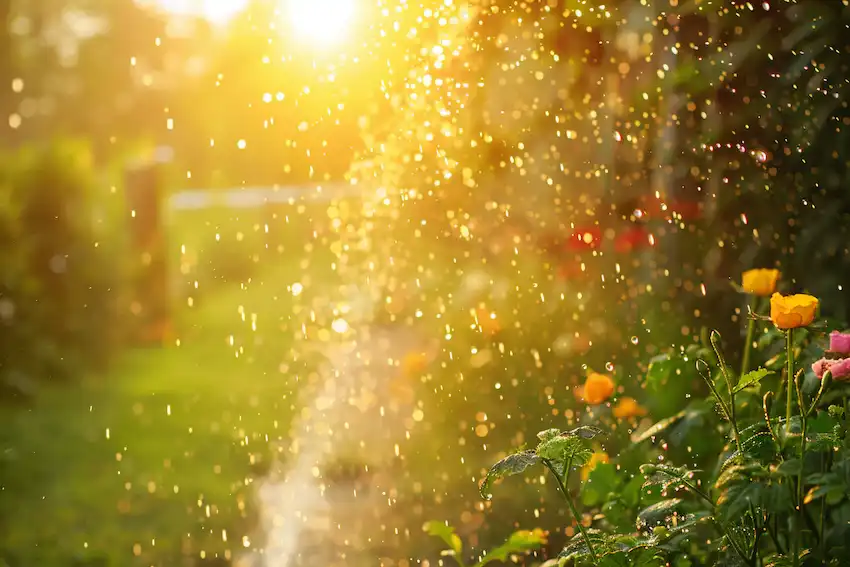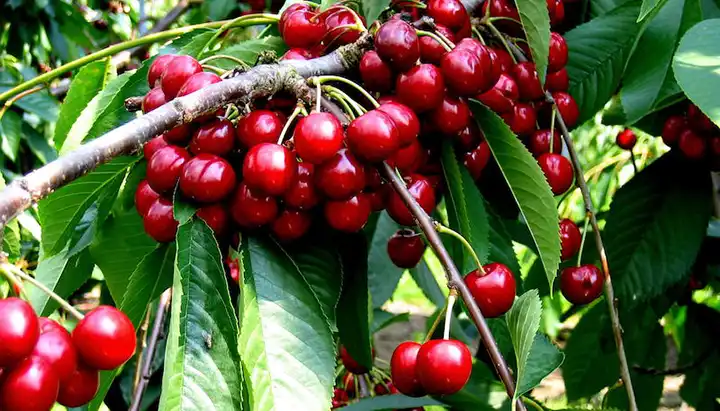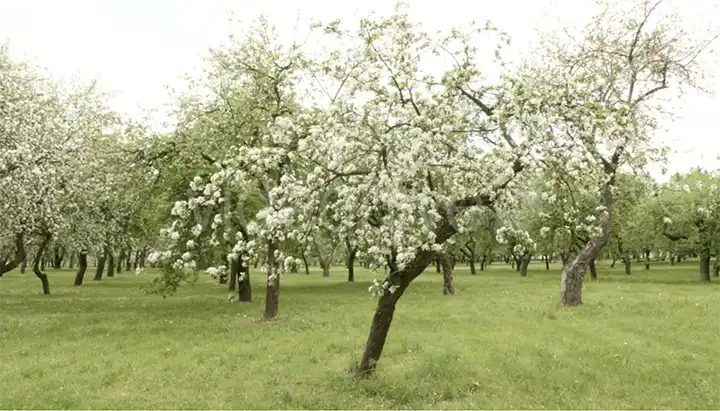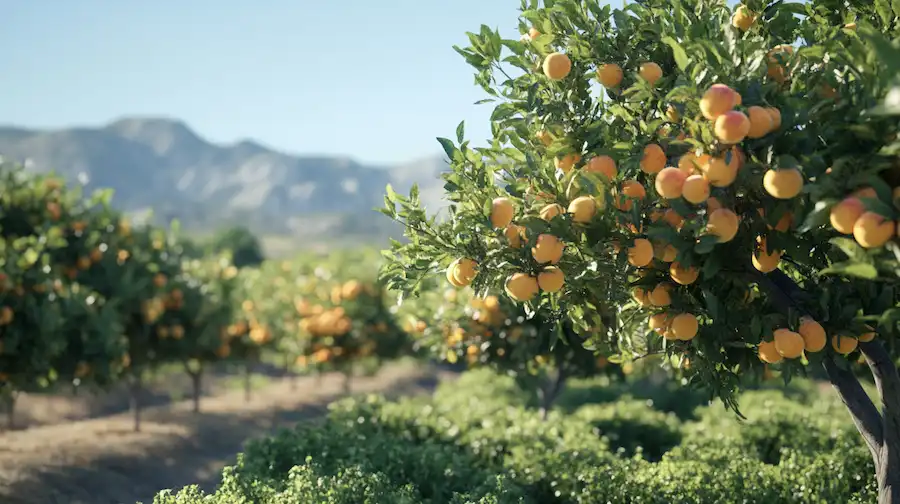Crafting Your Own High-Pressure Garden Sprinkler System
In the pursuit of sustainability and cost-efficiency, garden enthusiasts and eco-conscious individuals have innovated ways to utilize everyday items for garden care. Among these innovations is the homemade sprinkler system, a simple yet effective solution for watering gardens. This system leverages basic physics to increase water pressure and distribute water evenly across your garden beds, making it an ideal project for those looking to reduce waste and save on water bills.

Materials You’ll Need
Before diving into the assembly process, ensure you have all the necessary materials on hand:
- Garden hose: This will be your water source connection.
- PVC pipes and “T” connectors: These will form the main structure of your sprinkler system. The quantity will depend on the size of your garden.
- Plastic bottle: Any standard plastic bottle will act as your pressure chamber.
- Waterproof tape: This will be used to seal the ends of your pipes and create sprinkler outlets.
- Drill or sharp tool: For making holes in the pipe caps.
Step-by-Step Assembly Guide
1. Setting Up Your Water Source
Begin by connecting your garden hose to an outdoor tap or a water tank. This hose will feed water into your sprinkler system, so ensure it’s securely attached to prevent leaks.
2. Creating a Pressure Chamber
- Take an upside-down “T” connector and attach it to the end of your garden hose.
- Secure a plastic bottle to the vertical opening of the “T” connector. The bottle should be positioned upside down, with its neck fitting snugly into the connector. This setup will act as a makeshift pressure chamber, utilizing the principle that constricting the flow of water can increase its pressure.
3. Building the Distribution Network
- Connect your PVC pipes to the horizontal ends of the “T” connector. This will be the main pathway for the water.
- Every few feet along the PVC pipe, install an upside-down “T” connector. From each of these connectors, raise a vertical section of PVC pipe. The height can be adjusted based on your specific watering needs.
- Cap the ends of these vertical pipes and secure them with waterproof tape. Then, use a drill or a sharp tool to make small holes in the taped ends. These holes will function as sprinkler outlets, allowing water to spray out in a controlled manner.
4. Adjustments and Fine-tuning
The effectiveness of your DIY sprinkler system can be enhanced by making a few adjustments:
- Hole Size: Experiment with different hole sizes to control the spray distance and pattern.
- Pressure Chamber: Adjusting the size of the plastic bottle can help you fine-tune the water pressure within the system.
- Layout: Consider the layout of your garden when positioning the pipes and sprinkler outlets, ensuring even water distribution.

Embracing DIY Solutions
Building your own garden sprinkler system is a rewarding project that not only brings a sense of accomplishment but also promotes sustainability and water conservation. By repurposing common household items, you create a cost-effective solution to keep your garden thriving. This DIY sprinkler system is a testament to the power of ingenuity and the positive impact of eco-friendly practices on our gardens and the environment.
Maintenance and Upkeep
Regularly check your system for leaks or blockages, ensuring it operates efficiently. Over time, you might need to adjust the layout or replace parts due to wear and tear, but the simplicity and cost-effectiveness of this system make maintenance manageable and worthwhile.
Embrace the DIY spirit with this sprinkler system, and watch your garden flourish while contributing to a more sustainable and eco-conscious world.



















